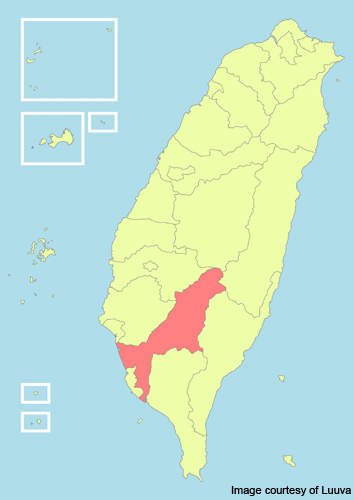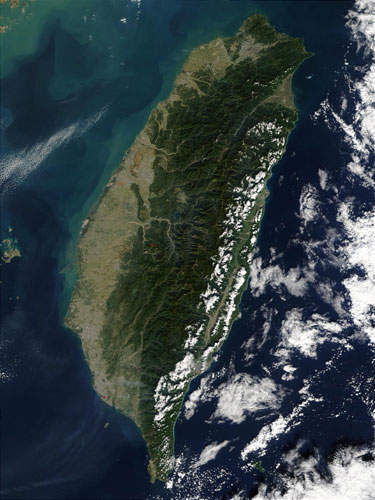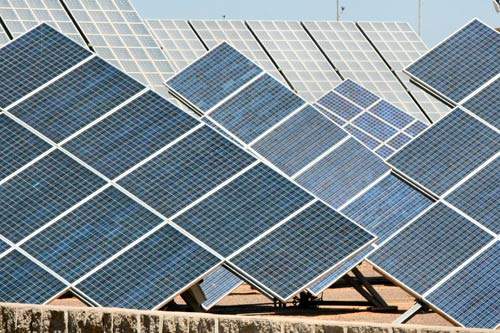In December 2009, Asia’s biggest high-concentration photovoltaic (HCPV) solar power plant was unveiled. The new plant, located in Lujhu Township of Kaohsiung County, Taiwan, is spread across an area of 2ha. Following the plant’s inauguration in December 2009, a month-long tune-up process was carried out in January 2010 before it became fully operational in February 2010.
Construction of the plant was funded by the government and required an investment of $8.34m. With a capacity of 1MW, the solar plant can generate power for 1,000 households. The new plant was built under a pilot programme by the Institute of Nuclear Energy Research (INER). The institute is responsible for nuclear energy research and the development of sustainable energy.
Compared to conventional PV plants, the cost of power generation from the new plant is two to two-and-a-half times higher.
While the electricity generated at the new plant is expected to cost $8 per unit, it costs around $3 to generate electricity from conventional solar power plants. INER believes that the cost of power generation is expected to come down once large-scale development and commercialisation are carried out.
The new power plant will help in reducing 650t to 700t of carbon emissions when compared to a coal power plant, and 1,000t of carbon emissions compared to a fuel power plant.
A unique feature of the new plant is that only a small portion of the solar cells were procured from other countries. The majority of solar cells and components, including the solar concentrator modules, solar trackers, solar-electric system and a central monitoring system, were developed by domestic companies.
Depending on the success of the pilot plant, the government plans to expand its power generation capacity to 10MW. The new plant is expected to become part of a larger network of renewable energy sources being developed in the region, such as a solar power research centre and sustainable infrastructure.
Kaohsiung solar power plant technology
The new HCPV plant contains 141 huge solar panels. It employs several sets of dish reflectors and concentrating optics to focus sunlight onto smaller cells to generate electricity. In addition, sensors mounted on the solar panels can change the direction of the panels according to the sun’s movements. The sensor technology used in the plant was originally developed by the US space programme.
Taiwanese power market
The new plant was constructed by the Taiwanese Government under its plans to tap into renewable resources available in the country, especially solar power, and reduce carbon emissions. The government aimed to replicate the success achieved by European countries in promoting renewable energy.
In June 2009, the government passed the Renewable Energy Development Act aimed at adding 6,500MW to 10,000MW of installed energy from renewable sources in the next 20 years. The act also aims to return greenhouse gas emissions in the country to pre-2000 levels by making industries pay or adopt cleaner energies. Currently, Taiwan generates around 2,278MW or 5.8% of its electricity consumption from renewable sources.
The act is expected to further expand the renewable energy market. By 2020, Taiwan’s solar energy market is estimated to be worth more than $6.25bn. The act has already encouraged the development of sustainable power projects in the country. Southern Taiwan is especially garnering attention due to its location.
The region where the new pilot plant is located receives around 300 days or 1,600 hours of sunlight every year, making it an ideal location to harness solar energy.
Following the announcement of the pilot plant’s construction, the government-operated Taiwan Power Co revealed its plans to construction another 450MW solar power plant in Kaohsiung. The new plant will be constructed at a total cost of $358m and commercial operation is expected to begin towards the end of 2010.
With the worldwide market for solar energy expected to grow at 45% in 2010 and increase annually by 50% in the next ten years, many such sustainable energy projects are expected to be taken up in the country.





